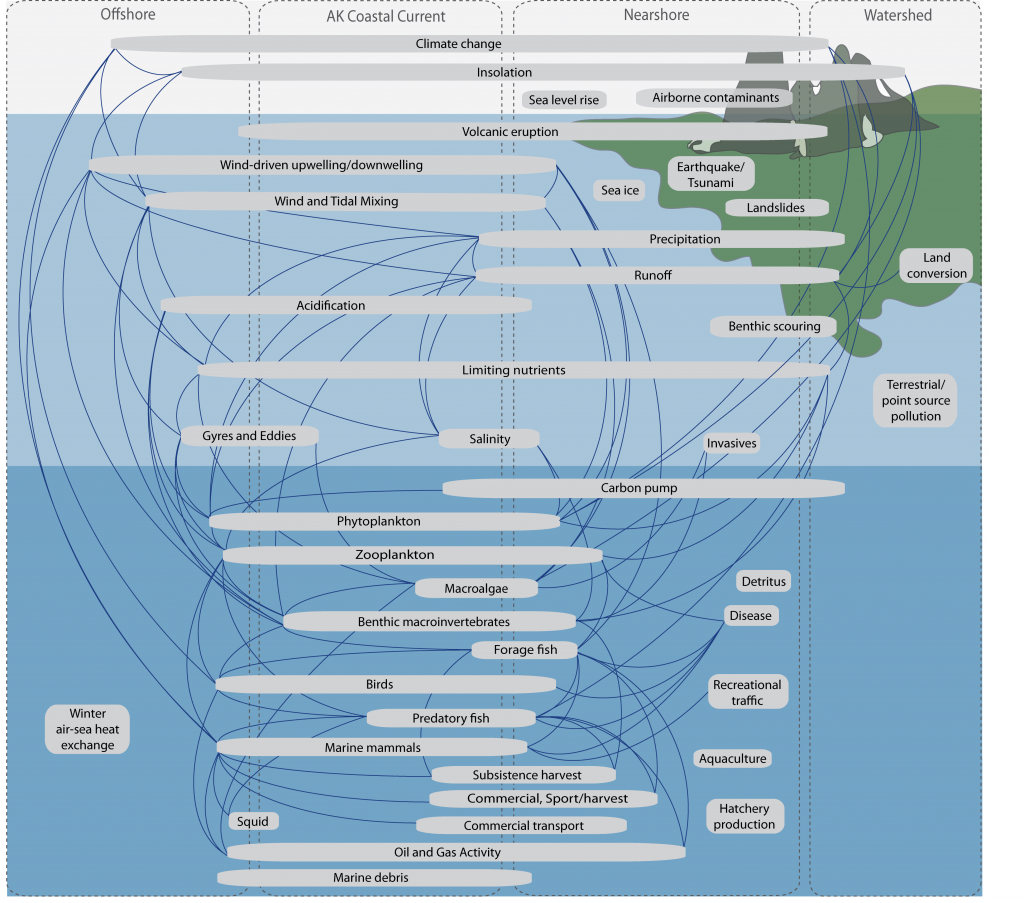This project was completed in 2016.
Why were we sampling?
Gulf Watch Alaska carries out long-term monitoring in the Exxon Valdez Oil Spill (EVOS)-affected region on behalf of the EVOS Trustee Council. Over the years, many independent monitoring efforts have been conducted by federal and state agencies, the North Pacific Research Board, the Alaska Ocean Observing System, universities, non-profit research institutes, and citizen science programs. Many of these efforts emphasized a single species or specific discipline. Conceptual modeling and syntheses of data from Gulf Watch Alaska improves integration of information across research disciplines and ensures relevance for resource management in the EVOS-affected region.
Where were we sampling?
The conceptual modeling project of Gulf Watch Alaska illustrated and provided a model to test and identify linkages between ecosystem components in the EVOS spill-affected region, as well as between disciplines in the region. Conceptual models can illustrate the connections between environmental change and restoration and recovery of injured resources.
How were we sampling?
Conceptual models summarize system components, processes, and influences into a synthetic framework. Conceptual models are used to assist in identification of data needs and development of monitoring priorities. They support ecosystem-based understanding, monitoring and management of resources.
What did we find?
We completed the first iteration of the overall Gulf of Alaska expert-informed conceptual model (Figure 1). We also developed sub-models that identify smaller patterns within the overall Gulf of Alaska Ecosystem. These models can be used to test hypotheses, informed, and resulting iterations will help more clearly identify strong drivers of variability in the Gulf of Alaska ecosystem.





